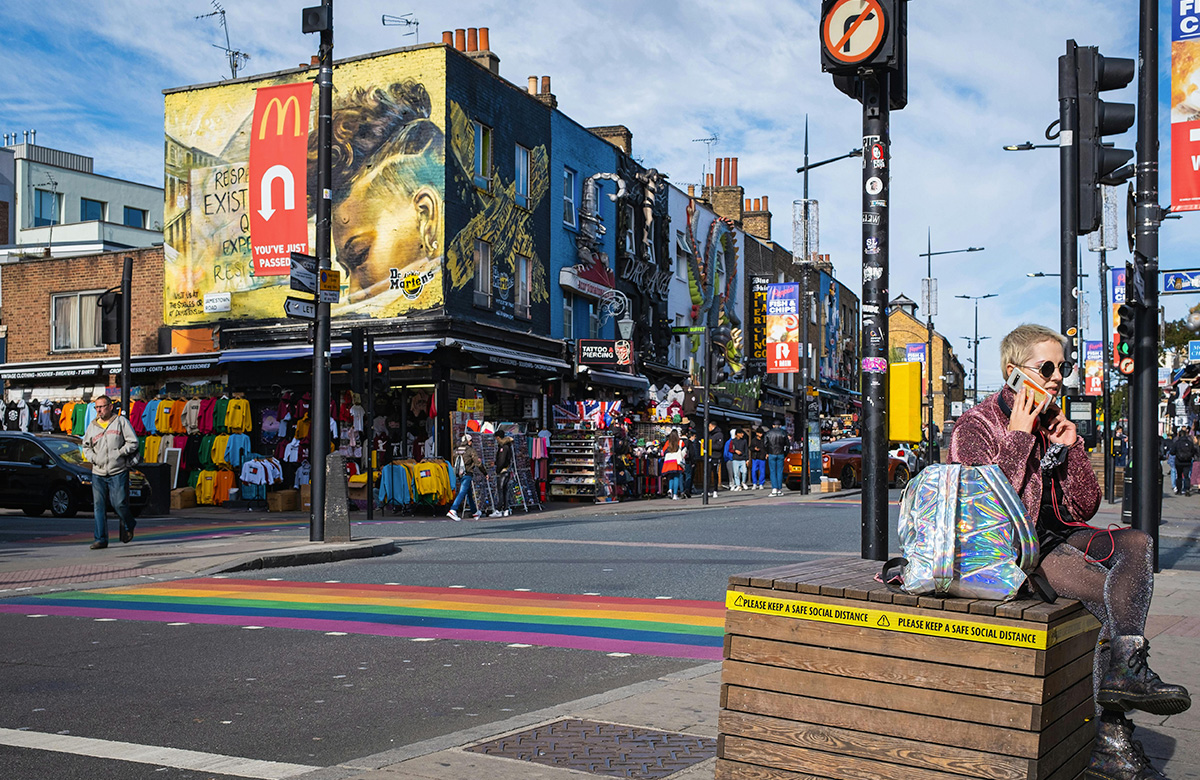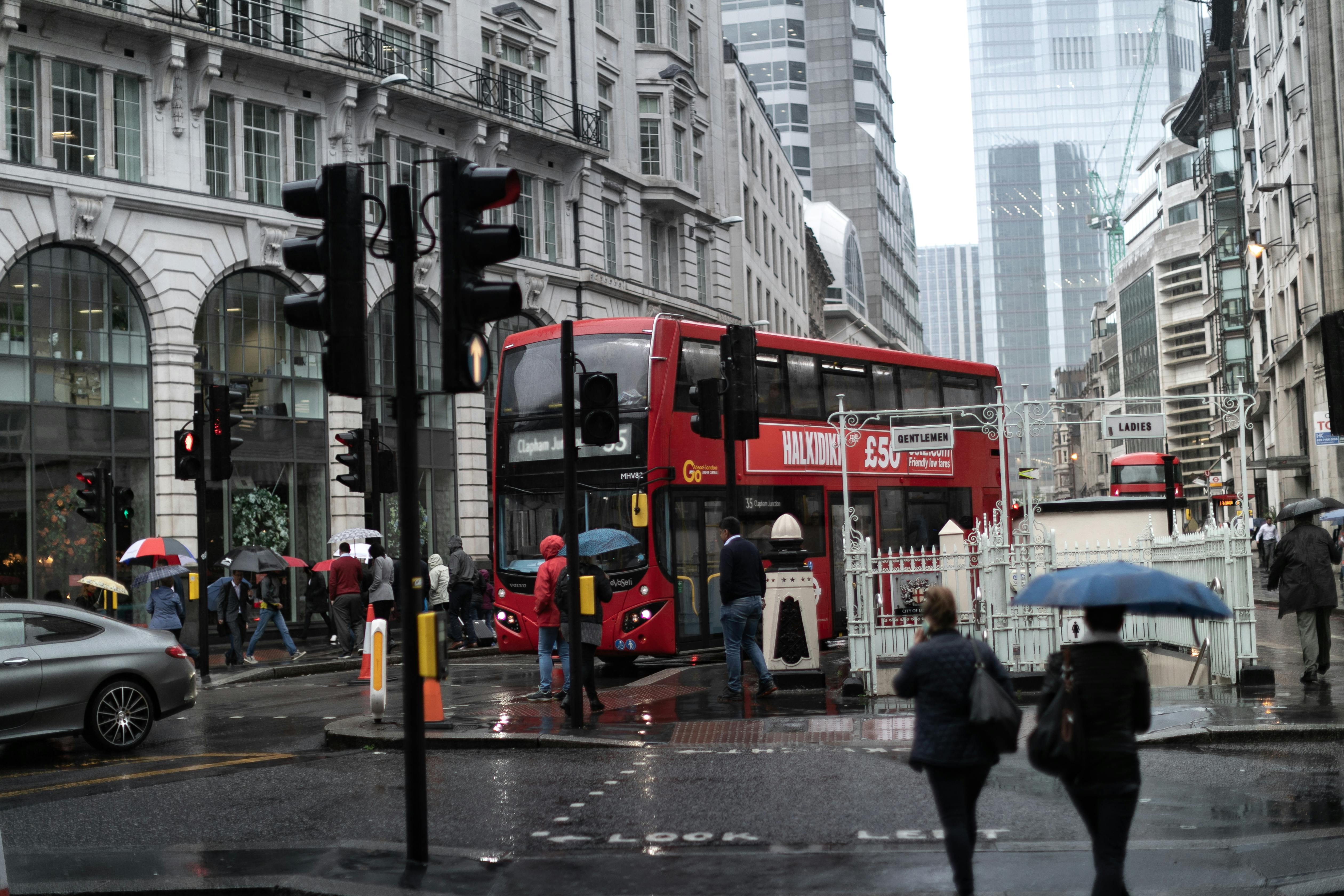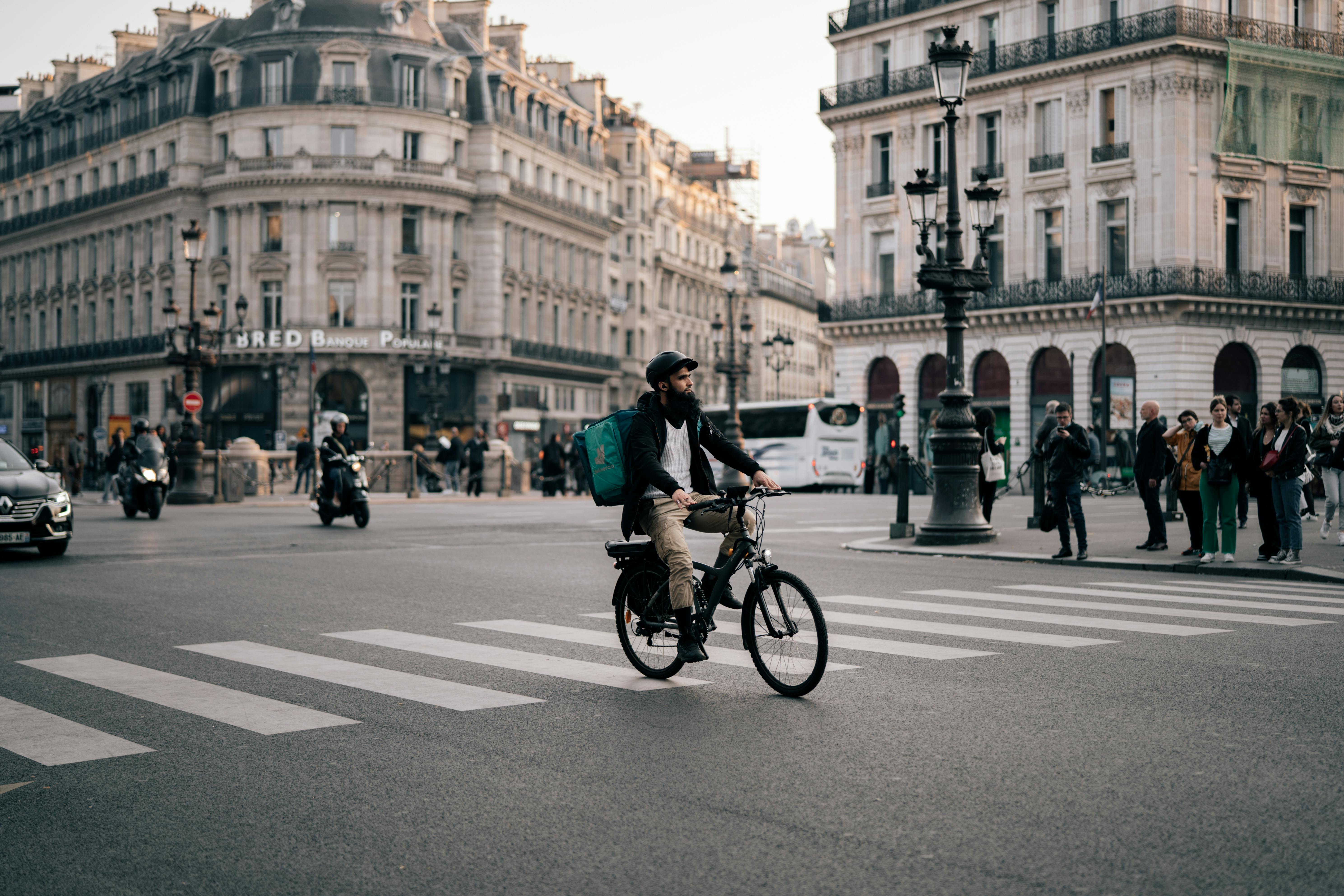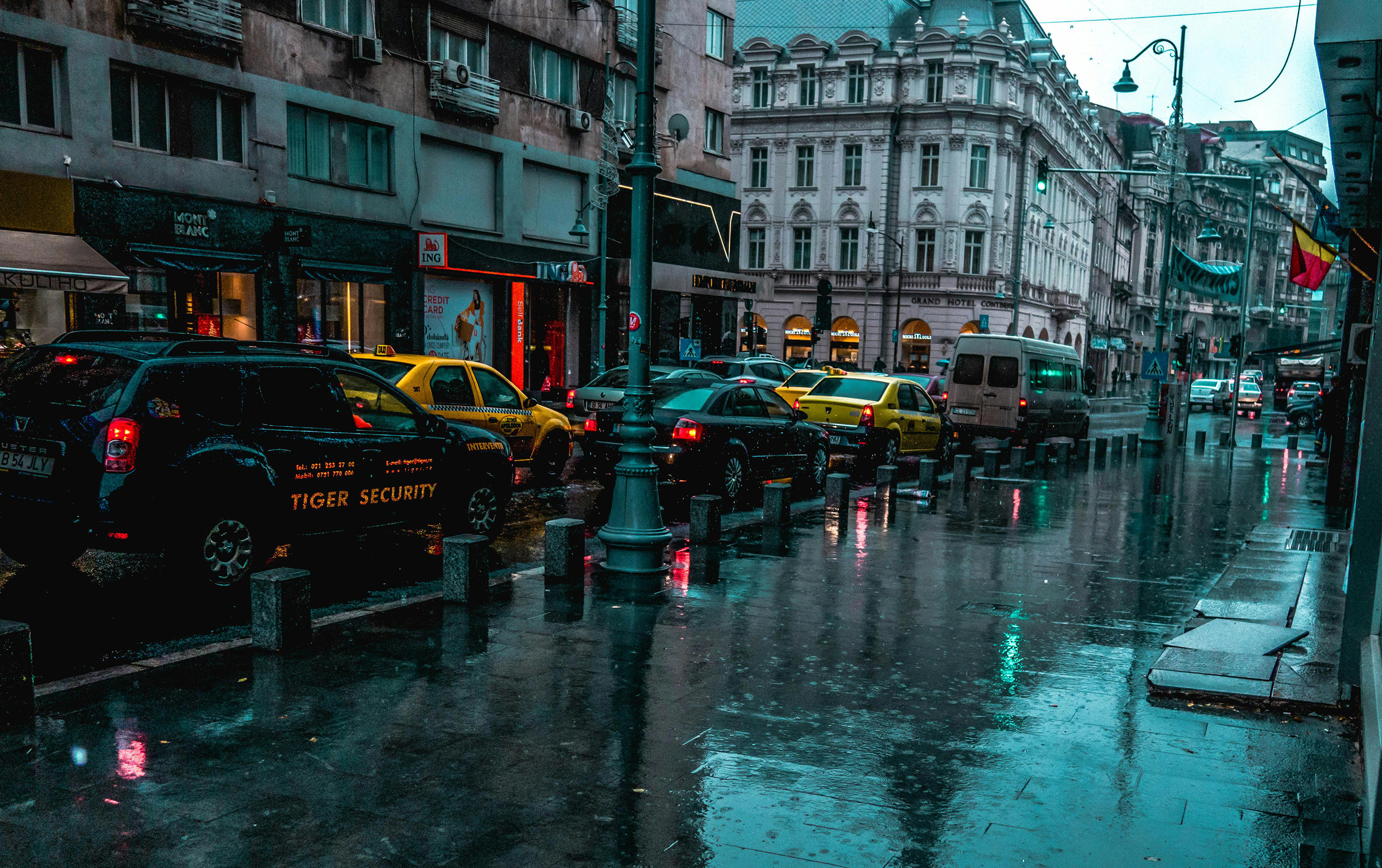From Oxford Street to Brixton, the steady hum of delivery vans has become as much a part of London’s soundscape as the distant rumble of the Tube. But has our growing appetite for convenience turned London’s roads into a logistical nightmare?
Recent data from Transport for London (TfL) shows that delivery vehicles are among the primary culprits of London’s traffic congestion, with minicabs also adding to the mess. In fact, London’s roads remain some of the most congested in Europe, with average traffic speeds in central London dropping to just 10mph. The city’s love affair with online shopping and instant deliveries is certainly making its mark(euronews, Evening Standard).
Take a walk through Camden or Hammersmith during rush hour, and it’s hard to miss the rows of white vans, hazard lights blinking, clogging up the streets as they await their next delivery stop. For the driver, it's another late parcel; for the person on the bus behind, it's yet another delay in an already-too-long commute. We’re all part of this new urban dance. A study by the Centre for London found that up to one in five vehicles on the road at peak times is now a delivery van, with the numbers rising steadily post-pandemic. It’s not just the major retailers contributing to the gridlock – smaller businesses, individual couriers, and food delivery services are adding to the ever-growing congestion(euronews).
For Londoners, the impact is undeniable. Longer commute times, constant traffic jams, and pollution levels that frequently breach legal limits have become an everyday reality. In 2024 alone, the average driver in the UK lost 61 hours to congestion, a 7% rise from the previous year. For anyone who’s been stuck in traffic because a van is double-parked, you know exactly what we’re talking about(Evening Standard).
The problem isn’t just the number of vehicles – it’s our growing demand for speed. The modern Londoner, juggling a fast-paced life, now expects same-day deliveries, often multiple times a week. But the trade-off for this instant gratification is more vans, more pollution, and more time stuck in traffic.
TfL has responded by pushing greener initiatives like expanding the Ultra Low Emission Zone (ULEZ) across all of Greater London as of August 2023. This move aims to reduce congestion and improve air quality by discouraging the use of high-emission vehicles. The ULEZ expansion has already reduced traffic by approximately 2% in affected areas, though the benefits of such measures are still being weighed against the ever-increasing demand for deliveries(euronews, Transport for London).
Perhaps it’s time for us to rethink how we use delivery services. Do we really need that same-day parcel, or could we wait a few days and help ease the strain on our city? Maybe the real luxury isn’t speed but knowing we’re helping London breathe just a little easier.
In the end, the future of London’s streets depends on the choices we make today. It’s time we consider more eco-friendly options, plan for consolidated deliveries, or even walk to the local shop when we can. Each small decision could mean one less van adding to the chaos – and one step closer to a city that works for everyone.









